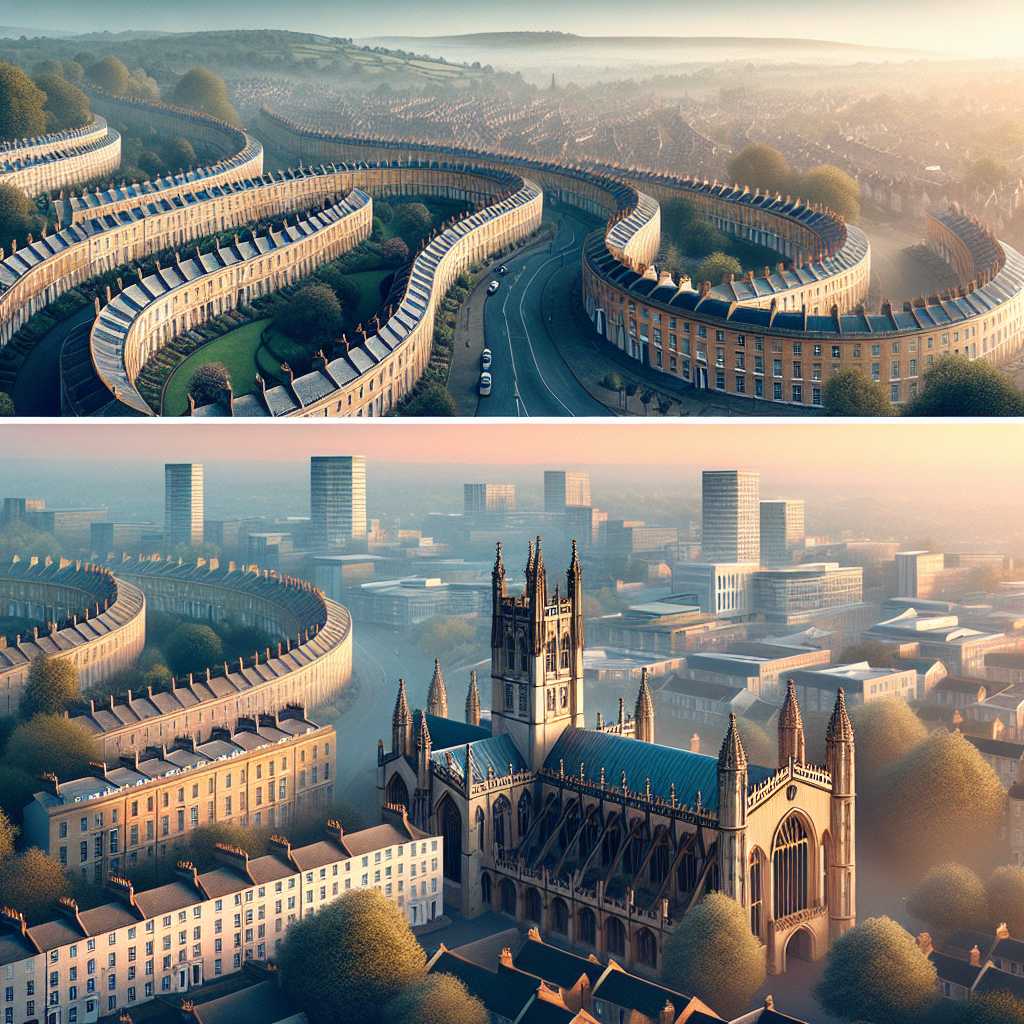Example Article
Historical Foundations and Architectural Identity
Bath and Leicester, two cities steeped in history, each tell a unique story through their architecture and urban fabric. Bath, renowned for its Roman-built baths and Georgian crescents, epitomises the classical elegance that has long attracted visitors seeking both cultural enrichment and relaxation. The city’s preservation of Roman heritage alongside 18th-century developments showcases a seamless blend of antiquity and enlightenment-era urban planning.
Leicester, on the other hand, boasts a history rooted in its Roman past but is perhaps most famously recognised for its medieval legacy and vibrant multicultural evolution. The city’s architectural landscape reflects industrial growth alongside relics such as Leicester Cathedral, which recently gained international attention due to the discovery of King Richard III’s remains. This blend of historical epochs offers a compelling narrative of resilience and renaissance.
While Bath’s identity is closely tied to its status as a UNESCO World Heritage Site, Leicester represents a dynamic fusion of tradition and modernity. Both cities preserve their stories through architecture but approach their historical narratives with different emphases – Bath through preservation and tourism, Leicester through reinvention and community engagement.
Cultural Vibrancy and Community Dynamics
Culturally, Bath and Leicester present contrasting yet equally vibrant scenes. Bath’s cultural identity is heavily influenced by its artistic heritage, with institutions like the Royal Crescent, the Theatre Royal, and the annual Bath Literature Festival fostering an environment where arts and heritage thrive. The city’s population enjoys a relatively homogenous demographic which has helped maintain a cohesive cultural narrative centred on historical appreciation.
Leicester stands out as one of the most ethnically diverse cities in the UK, with over 50% of its population from ethnic minority backgrounds. This diversity infuses the city with rich cultural festivals such as Diwali celebrations that attract tens of thousands annually. Leicester’s multiculturalism is not only a social asset but also an economic driver, fostering entrepreneurial activities and community initiatives that celebrate inclusion.
The differing cultural dynamics between Bath’s heritage-driven identity and Leicester’s multicultural vibrancy highlight how cities evolve uniquely based on their populations. These differences influence everything from local governance to education policies, shaping how each city engages with residents and visitors alike.
Economic Profiles and Urban Development Trajectories
Economically, Bath benefits significantly from tourism linked to its heritage sites and university presence. The University of Bath drives innovation in technology and engineering sectors while supporting local employment. The city’s economy is service-oriented with strong retail, hospitality, and education sectors underpinning stability.
Leicester’s economy reflects its industrial roots with significant contributions from manufacturing, textiles, and engineering industries. In recent years, it has diversified into retail, logistics, and digital services sectors. The presence of De Montfort University adds an academic dimension that supports research and skills development tailored to local economic needs.
Urban development in both cities responds to their economic realities: Bath prioritises conservation-led growth ensuring new developments complement historic surroundings; Leicester pursues regeneration projects aimed at revitalising former industrial areas while accommodating population growth. These differing approaches exemplify how economic imperatives shape urban landscapes differently across England.
Transport Connectivity and Regional Influence
Transport infrastructure plays a crucial role in defining the regional influence of both cities. Bath benefits from direct railway connections to London Paddington within approximately 90 minutes, making it accessible for commuters and tourists alike. Its position on the M4 corridor also facilitates links to Bristol and South Wales.
Leicester enjoys strategic positioning on the Midland Main Line with frequent services to London St Pancras taking just over an hour. Its proximity to East Midlands Airport enhances international connectivity. Road infrastructure such as the M1 motorway supports commercial freight movements vital for its manufacturing base.
These transport advantages underpin each city’s role within their respective regions—Bath as a cultural hub with robust tourist inflows; Leicester as an economic centre with strong logistical capabilities. Transport accessibility thus reinforces their distinct identities while enabling continued growth.
Conclusion: Complementary Contrasts Shaping England’s Urban Fabric
Bath and Leicester exemplify how English cities can embody different facets of national identity through history, culture, economy, and infrastructure. Bath’s charm lies in its preservation of classical elegance coupled with academic prestige, attracting those drawn to heritage tourism and scholarly pursuits. Leicester offers a contrasting narrative where diversity fuels cultural richness and economic adaptability.
Together, they highlight the pluralism inherent in England’s urban landscapes—where conservation meets innovation, tradition embraces multiculturalism, and historic grandeur coexists with industrial vigour. Understanding these complementary contrasts enriches appreciation not only for each city individually but also for the broader tapestry of English urban life.
As they continue evolving beyond 2025, Bath and Leicester stand as testaments to how cities can honour their pasts while embracing futures shaped by changing demographics, technologies, and global connections.
Notes
- Bath was designated a UNESCO World Heritage Site in 1987 for its Roman remains and Georgian architecture.
- Leicester hosts one of Europe’s largest Diwali celebrations outside India.
- King Richard III’s remains were discovered under a Leicester car park in 2012.
- The University of Bath ranks consistently among the top UK universities for engineering.
- Leicester’s population is estimated to be over 50% from ethnic minority backgrounds.

